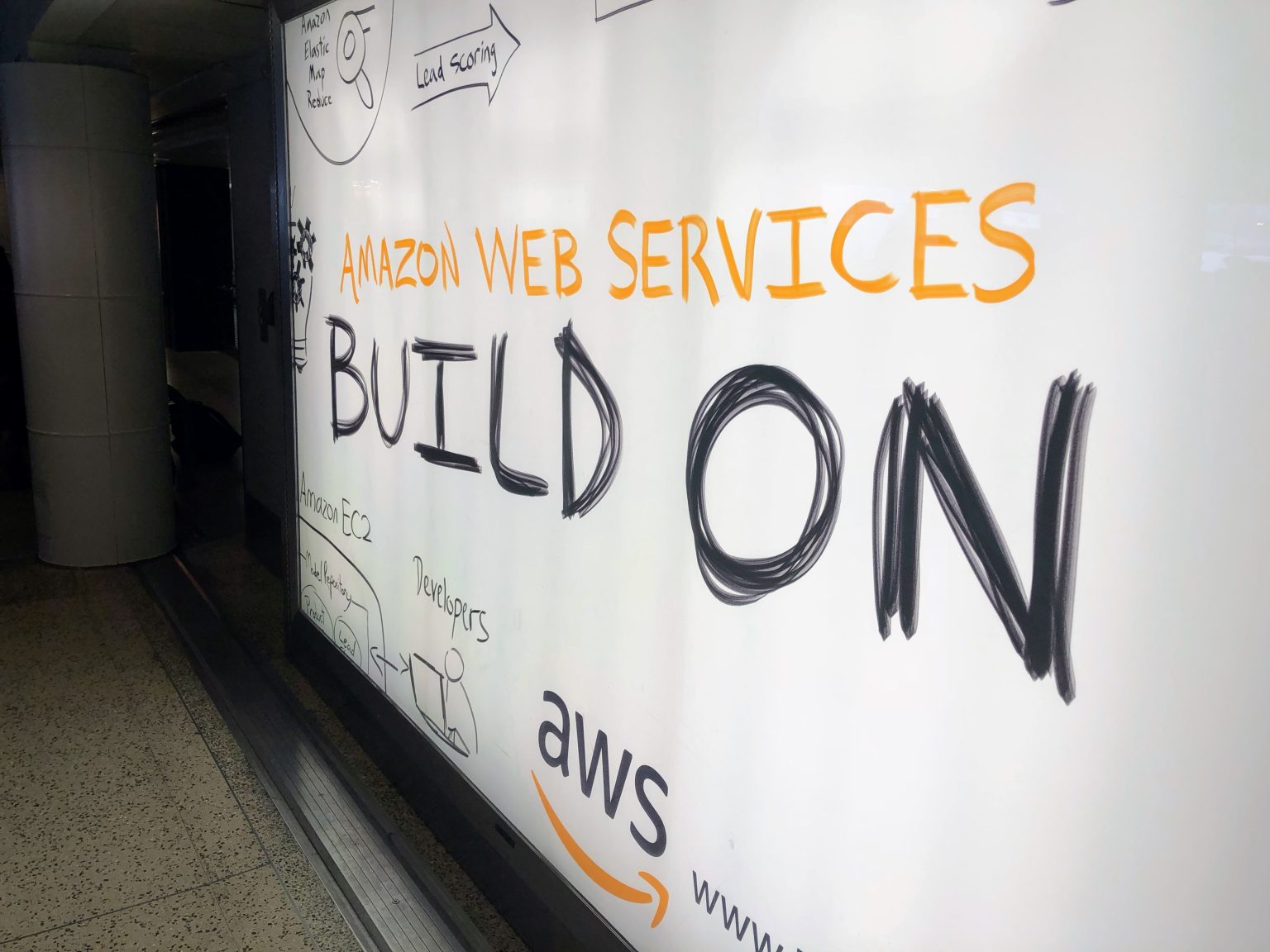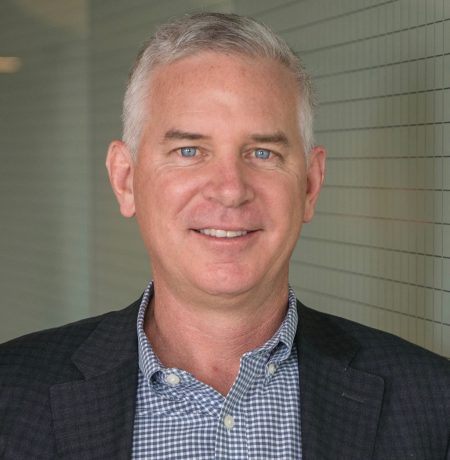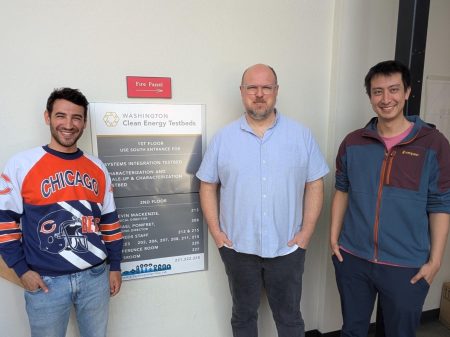The Internet’s Vulnerable Backbone: Reflections on the Latest AWS Outage
In the pre-dawn hours of Monday, October 20, 2025, the digital world experienced another stark reminder of its fragility when Amazon Web Services (AWS) suffered a significant outage from its Northern Virginia region. Like dominoes falling in sequence, major platforms including Facebook, Snapchat, Coinbase, and ironically Amazon itself began to falter, leaving millions of users staring at error messages and loading screens. The outage, which began shortly after midnight Pacific time, stemmed from a DNS resolution issue with DynamoDB—essentially, the internet’s phone directory temporarily lost the ability to connect users to the database services that countless applications rely on. This technical hiccup might sound minor, but in our interconnected digital ecosystem, it quickly cascaded into a worldwide disruption, highlighting once again the internet’s perhaps dangerous dependence on a single commercial entity.
As the sun rose on the East Coast, the ripple effects of the outage became increasingly visible in the physical world. At LaGuardia Airport, check-in kiosks went dark, causing passenger lines to snake through terminals as airline staff scrambled to implement manual procedures. Financial transactions ground to a halt as payment apps like Venmo experienced disruptions, leaving people unable to split dinner bills or pay their rent. Gaming communities fell silent as Roblox and Fortnite servers became unreachable. Even the tools that modern workplaces depend on—Slack, Canva, and others—experienced significant disruptions, effectively pressing pause on productivity across countless companies. Perhaps most tellingly, even OpenAI’s ChatGPT, a symbol of cutting-edge technology, became temporarily unavailable, unable to respond to the very questions that users might have had about the outage itself. These wide-ranging impacts revealed not just technical dependencies but highlighted how deeply cloud infrastructure has become woven into the fabric of both our digital and physical lives.
By 3:35 a.m. Pacific time, AWS had announced that the core DNS issue was “fully mitigated,” with most services recovering their normal operations. However, technical challenges persisted throughout the morning. Lambda, AWS’s serverless computing platform, continued working through a backlog of requests, while customers attempting to launch new instances in the EC2 cloud computing service encountered elevated error rates. This gradual recovery pattern has become familiar to IT professionals who have weathered previous AWS outages—systems come back online in waves rather than all at once, with some dependencies requiring manual intervention or extended recovery periods. While major services resumed relatively quickly, the less visible impacts likely continued throughout the day as databases reconciled transactions, queued messages were processed, and system administrators verified that their applications were functioning correctly across all regions.
The US-EAST-1 region has earned an unfortunate reputation in tech circles as AWS’s problem child. As Amazon’s oldest and largest cloud region, it hosts a disproportionate share of internet services, making it something of a nerve center—and consequently, an Achilles heel—for global online infrastructure. Monday’s disruption joins a growing list of significant outages originating from this same region, including major incidents in 2017, 2021, and 2023. Each occurrence prompts the same questions from industry observers: Why do so many companies continue to rely primarily on this single region? Why haven’t more organizations implemented robust multi-region or multi-cloud strategies to mitigate such risks? The answer lies in a complex web of technical debt, economic considerations, and the simple reality that building truly resilient systems remains challenging even for organizations with substantial resources.
What makes this recurring problem particularly concerning is how it highlights the tension between the concentration and distribution of digital infrastructure. Cloud computing promised a more resilient internet by distributing workloads across multiple physical locations, theoretically eliminating single points of failure. Yet in practice, the enormous scale and market dominance of AWS has created new forms of centralization. When a company like Amazon controls such a significant portion of the internet’s backbone, even localized problems can quickly become global crises. This latest outage suggests that despite years of warnings and previous incidents, many organizations have not adequately implemented the redundancy needed to quickly fail over to other regions or cloud providers. Whether due to cost constraints, technical complexity, or simply complacency, the internet remains surprisingly vulnerable to disruptions from a single cloud provider’s regional issues.
As services returned to normal and the digital world resumed its usual rhythms, the outage serves as yet another wake-up call about our collective technological dependencies. Each major cloud disruption reveals both technical and organizational vulnerabilities, challenging companies to honestly assess their resilience strategies. For smaller businesses and consumers, these incidents highlight the hidden fragility of services we’ve come to take for granted. For AWS and its competitors, recurring outages intensify pressure to improve architectural resilience and transparency. And for policymakers, they raise important questions about critical infrastructure, regulation, and whether the concentration of so much digital power in so few companies serves the public interest. As our dependence on cloud services only deepens with the advancement of AI and other technologies, addressing these vulnerabilities becomes not just a technical challenge but an increasingly urgent societal imperative. The question remains whether this latest reminder will finally catalyze the changes needed to build a truly resilient digital future.














